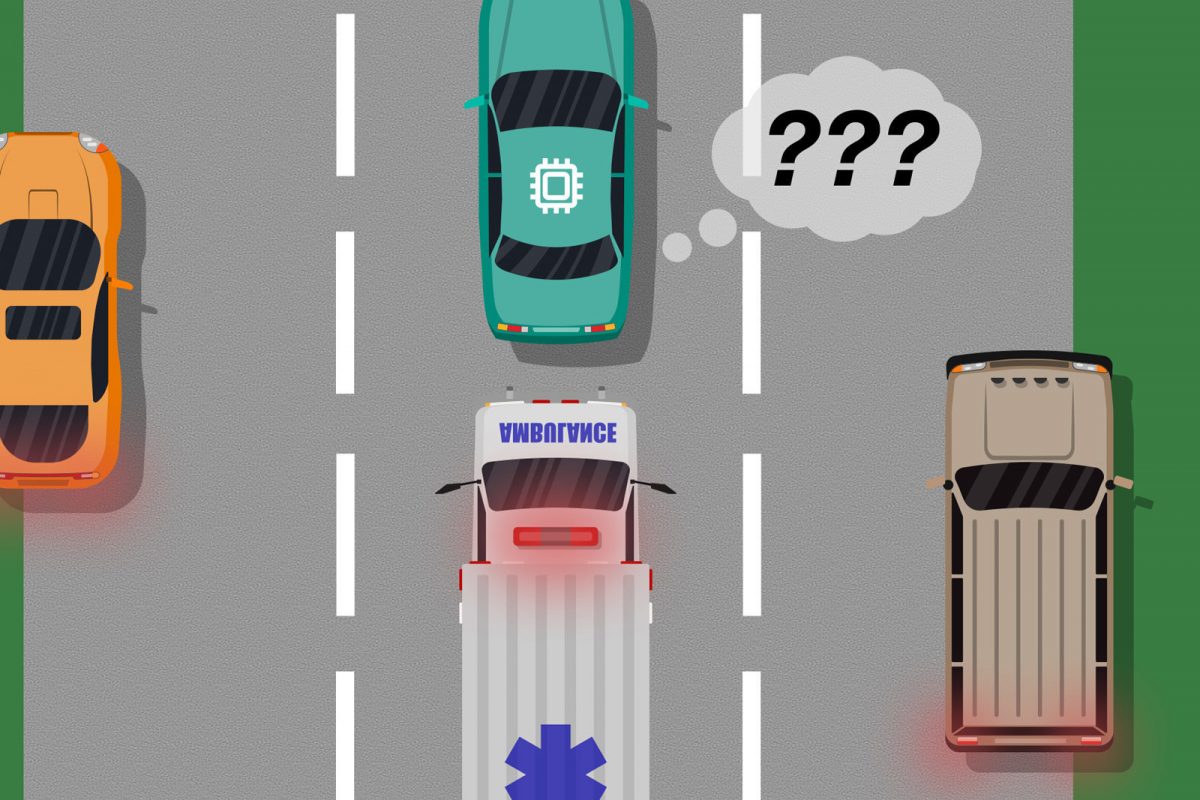MIT launches cross-disciplinary program to boost AI hardware innovation
MIT has launched a new academia and industry partnership called the AI Hardware Program that aims to boost research and development.
“A sharp focus on AI hardware manufacturing, research, and design is critical to meet the demands of the world’s evolving devices, architectures, and systems,” says Anantha Chandrakasan, dean of the MIT School of Engineering, and Vannevar Bush Professor of Electrical Engineering and Computer Science.
“Knowledge-sharing between...


















